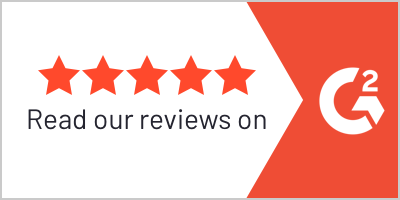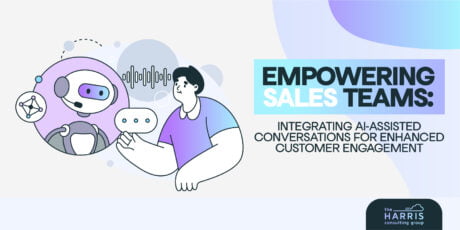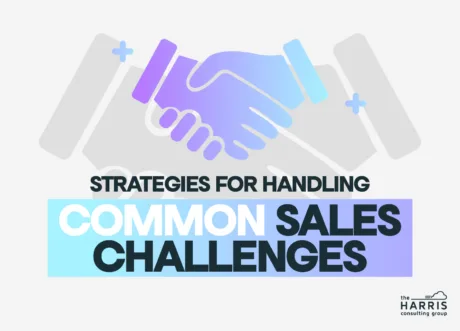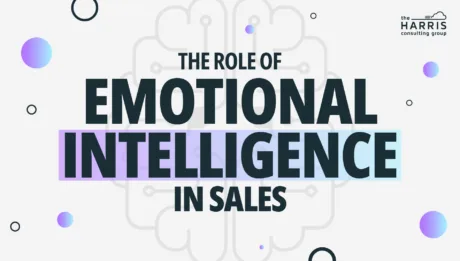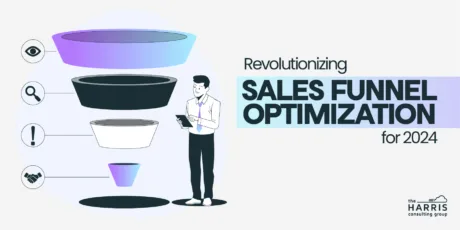This is part three of our three-part series dedicated to sales enablement, sales training, and sales culture. Our guest author is Ashley Zagst, who was recently promoted from SDR Team Lead to AE at Chili Piper.
When someone says Sales Coaching or Sales Enablement, what comes to mind for you?
For some it comes to 1:1 coaching, for others, people jump straight to thinking about tools.
Unless you know how to leverage those tools in the right way, they are useless. Sales Enablement is so much more than a tech stack. And at its core, it comes down to sales coaching to help reps use what’s at their disposal to do the best they can.
“Coaching is unlocking a person’s potential to maximize their own performance. It is helping them to learn rather than teaching them.” – John Whitmore
Were you the best athlete on the team the first time you tried a sport? Was I the best dancer in my first ballet class at the age of 6? Was Steph Curry MVP status when he first picked up a basketball? What about after college? Even his first year in the league?
NO! Of course not!
It’s not until after years of accumulated hours of practice and coaching that one becomes the “expert” or the “best” at what they do. And even then, there is always more to learn. Always more to uncover. ALWAYS!
After getting accepted to The Joffrey Ballet School summer program, my ballet teacher sat me down for a heart-to-heart. The gist of it was summed up in her final statement to me: “If you can’t handle rejection, if you are afraid to fail, you should go home, hang up your pointe shoes, and have babies.”
Now, besides the cringy-ness of telling a teenager that their only other option was to go home and have babies, she was right. Rejection and failure are a part of the dance profession. If I couldn’t figure out a way to use that to my advantage for growth and success, then I shouldn’t even pursue it.
After attending that summer program, I was invited to the year-round program. This launched me into my professional dancer career, but not without my fair share of failures and mistakes along the way. And I was fortunate enough to have coaches/teachers to help guide me through them.
While I feared mistakes and failure, they were inevitable, and my coaches knew that. The mantra of “If you are going to mess up, mess up big” was constant in my training.
And at first, I couldn’t wrap my head around it. I mean, I was in the same room as dancers who’d eventually be my competition. It didn’t make sense to me why my teachers wanted to see me fall and fail. Why would I want to fail? Why wouldn’t I do anything possible to NOT fail?
It took time. It took many frustrating classes, auditions, and rehearsals for me to begin to understand. Hidden mistakes don’t stay hidden for long and eventually cause much larger problems. The sooner you can uncover them, the sooner you can either fix them OR in the most beautiful case, use them!
“Vulnerability is the birthplace of innovation, creativity, and change.” – Brene Brown
Perfectionism was poised to hold me back from my actual potential. But thankfully the people coaching me gave me room to fail and grow, encouraged me to do so, which enabled me to become my best as a dancer and as an artist. This wasn’t done simply by telling me “this is a safe place” although they did say that often.
This safe place was built and then nurtured daily by my coaches ensuring their actions matched their words and by them being vulnerable themselves. They used various tools and frameworks by which to do this.
One of those powerful coaching tools introduced to me, that I now bring to the sales world, is Liz Lerman’s Critical Response feedback framework.
While it originated as a framework for giving and receiving feedback on artistic works, it can be applied to any situation where feedback is given. And is a fantastic way to be transparent with your reps, opening up space for them (and you) to be vulnerable, diving into those “mistakes” and “failures” so they can learn and grow from them. I’d bet money you’ll even learn a thing or two yourself.
Artist = the maker/creator/doer. (Sales Rep)
Responder = the audience or person giving their perspective/feedback on what they’ve just experienced. (Sales Leader or Coach)
Step 1. Statements of Meaning
Responders state what was meaningful, evocative, interesting, exciting, and/or striking in the work they have just witnessed.
Example: Sales Coach/Manager to state what was meaningful, interesting, and or totally awesome about the reps call.
Step 2. Artist as Questioner
The artist asks questions about the work. In answering, responders stay on topic with the question and may express opinions in direct response to the artist’s questions.
Example: Rep to express where they’d like to focus on when receiving feedback and the coach only addresses that specific point/place in the call.
“I’ve been working on this new opener for cold calls, what are your thoughts?”
Or
“Felt like I hit a wall in discovery, what would you have done differently?”
**Note – this requires self-awareness from the rep as well as a feeling of safety with being vulnerable with their coach to ask for this specific feedback.
Step 3. Neutral Questions
Responders ask neutral questions about the work, and the artist responds.
Questions are neutral when they do not have an opinion hidden in them. Think of open-ended questions.
This step is one of the most fundamental, challenging, and misunderstood steps of the Critical Response Process.
Example: Coach asks open-ended questions to further understand where the rep is coming from.
“What was the intention in choosing ____?”
“What kind of response were you hoping to get by asking this question in Discovery?”
“How does this approach compare to what you’ve done in the past?”
Step 4. Opinion Time
Responders state opinions, given permission from the artist; the artist has the option to say no.
Example: Now is when the coach can give broader feedback, including their opinion, as long as the rep has expressed interest in receiving that kind of feedback.
Rep: “What did you think of that opening line?”
Coach: “I don’t really like starting a call like that because of X, Y, Z… Here’s how I’d suggest trying it on your next call?”
As you can probably tell this framework can work in almost any situation.
What I love about it the most is that it allows for coaching to be a neutral, non-judgmental, conversation allowing for vulnerability on both sides. Disclosing one’s own vulnerability in front of peers/coworkers gives them permission to give their best.
If you want to be the best at what you do you have to learn how to fail… Mess up big! If you want your team to be the best at what they do, you need to give them room to mess up big.
If you’re interested in hearing more about sales coaching and sales enablement, check out my conversation with Niraj Kapur, Galem Girmay, Richard Harris, and Scott Leese on the Surf and Sales Bonfire Session on-demand webinar, 3 Mistakes to Avoid When Building a Sales Coaching Culture.
About the Author: Recently named a Salesforce 16 Sales Influencer To Follow Right Now, Ashley Zagst has one of the most unique backgrounds in sales. She followed her dream to be a professional dancer. Eventually, she decided to make a career move into the startup world as a marketer and over time, realized how much she really enjoyed sales. She’s a founding member of SDR Nation and works hard to create spaces to hold difficult conversations about diversity in sales.

